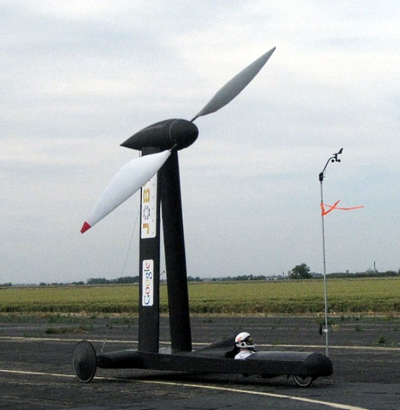Nubo
Well-known member
Since the biggest determinant of power consumption is wind resistance, a bit of thinking about Air Speed vs. Ground Speed is in order. With a headwind of 20mph, a ground speed of 60 would be consuming power at the 80mph rate. Conversely, with a tailwind of 20mph, a 70mph cruise speed would only be consuming the equivalent of 50mph rate.
These are significant factors. In a way, the driver of a limited-range EV is a brethren of an airplane pilot. When determining range, it is Air Speed that concerns us rather than Ground Speed.
In that light, an Airspeed indicator would seem to be an appropriate instrument to include on the Leaf. When trying to optimize range, the driver should have that information rather than trying to derive it from second-order information such as the power consumption, or "building trees".
Of course, one must remain legal and reasonable in terms of ground speed, and I imagine legal departments might cringe at the notion that an airspeed indicator might cause someone somewhere to speed or be confused with road speed. I'd hope those concerns could be worked out by proper design.
And a pitot tube would be a cool conversation starter, and more useful than the solar panel, imho.
These are significant factors. In a way, the driver of a limited-range EV is a brethren of an airplane pilot. When determining range, it is Air Speed that concerns us rather than Ground Speed.
In that light, an Airspeed indicator would seem to be an appropriate instrument to include on the Leaf. When trying to optimize range, the driver should have that information rather than trying to derive it from second-order information such as the power consumption, or "building trees".
Of course, one must remain legal and reasonable in terms of ground speed, and I imagine legal departments might cringe at the notion that an airspeed indicator might cause someone somewhere to speed or be confused with road speed. I'd hope those concerns could be worked out by proper design.
And a pitot tube would be a cool conversation starter, and more useful than the solar panel, imho.




